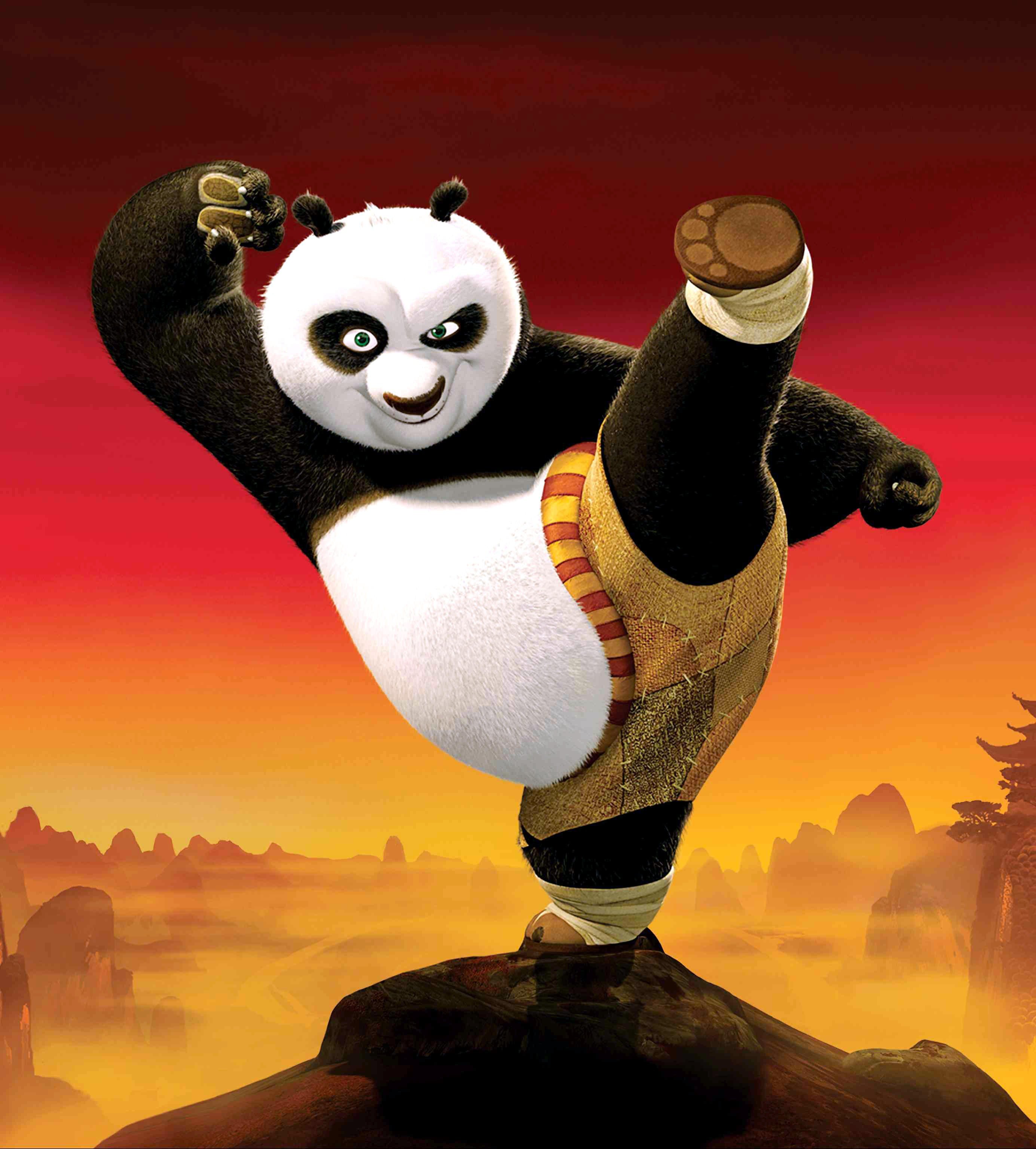
Disney’s 2016 hit Zootopia has been one of the company’s absolute greatest successes, with an impressive box office run (grossing over a billion dollars worldwide), glowing critical reviews, and numerous awards, including an Oscar for Best Animated Feature. The main reasons for its success include the animation, characters, and the handling of the subject matter of prejudice.
Yet I feel that it is slightly unfair to hold Zootopia up to such a high pedestal when there are other animated films about anthropomorphic animals who are just as good, if not BETTER, than the film, and even do a better job at handling such mature subject matter.
Such a movie, or rather, movie series, includes DreamWorks’ Kung Fu Panda trilogy.
While the premise, title, and first glance may come across as silly, it’s actually a beautifully animated, action-packed, funny, and engrossing film series with a surprising amount of depth without being too dark.
And honestly, after watching them in its entirety and then trying to watch Zootopia again, I couldn’t help but feel that the DreamWorks trilogy is VASTLY superior. While I could probably make a two hour video on the subject, for now I’ll compare and contrast two things: character design and handling of themes of prejudice, and why I feel the DreamWorks trilogy does it better.
CHARACTER DESIGN
Kung Fu Panda is, simply put, a masterwork of character design. With one glance at each character, you know exactly who and what they are. Look at the picture of Po above, at his body shape, his pose, and his facial expression. You can tell that he’s fat, but also strong and athletic, and confident in his abilities in Kung Fu. He’s not to be underestimated and is more than meets the eye.
Another great example is Tigress.
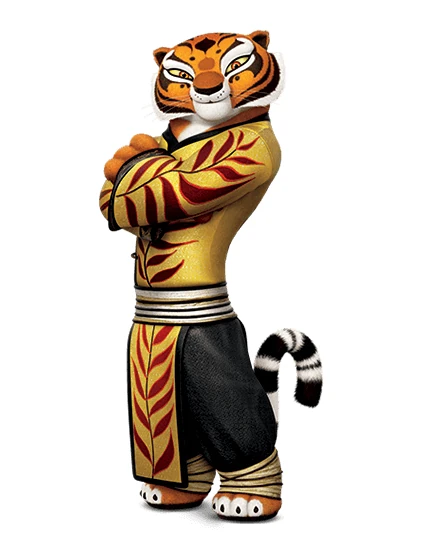
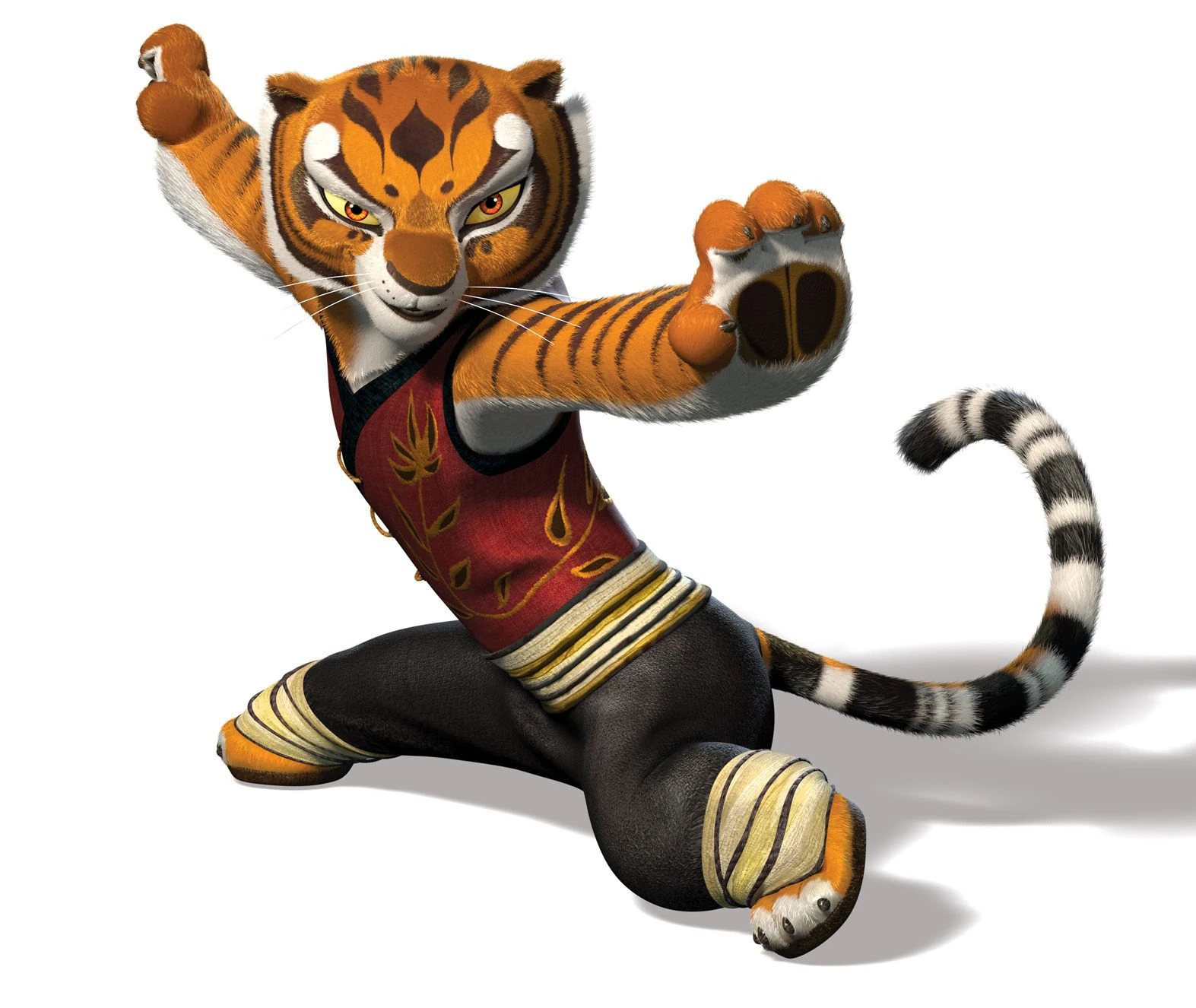
This is a quintessential example of a female anthropomorphic design that DOESN’T rely on sexist tropes or inaccurate anatomy. She doesn’t have human breasts, a cinched in waist, or huge hips and bottom. You can tell she’s female because of her feminine clothes, her smaller (but not petite) build, and the stripes on her face resembling makeup. You can also tell that she’s very strong, powerful, and athletic. She is at once fierce, friendly, and (in her own way) beautiful.
Yet another great example is Oogway.
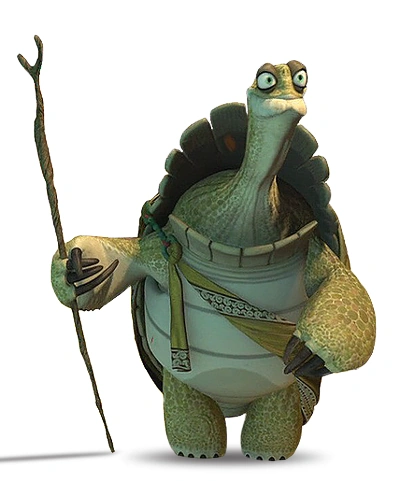
Right away you can tell everything you need to know about his character: old (and experienced), benevolent, wise, soft-spoken, and someone the other characters would believably look up to and respect.
Every character is distinct and well defined in the Kung Fu Panda series, whereas in Zootopia, while the designs aren’t BAD, are slightly more focused on appeal rather than uniqueness or conveying information.
This is Nick Wilde:
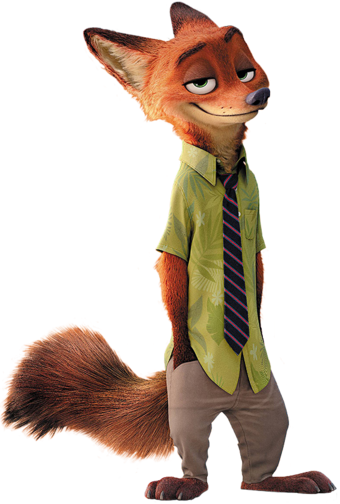
It’s a perfectly fine and appealing design, but nothing about it really sticks out or tells us about his character.
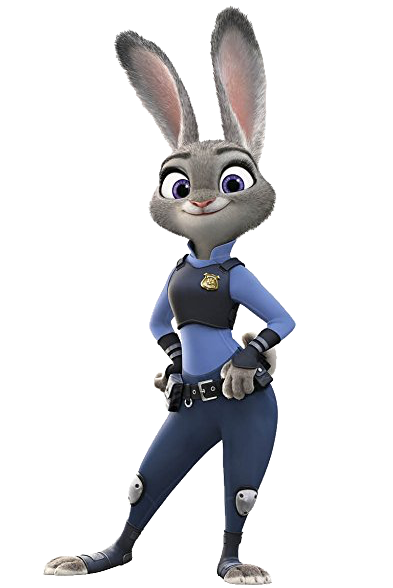
As for Judy, you can tell she’s meant to be cute, but naive, and not entirely ready for the role of a cop in a big city. However, you can also tell the character designs used some short cuts to convey that she is, in fact, cute and female: she has absolutely HUGE eyes (a common problem in a lot or recent Disney films), generous hips and thighs, and her chest plate gives her the illusion of having breasts.
Perhaps the most lackluster character design is of the movie’s villain, Bellwether:
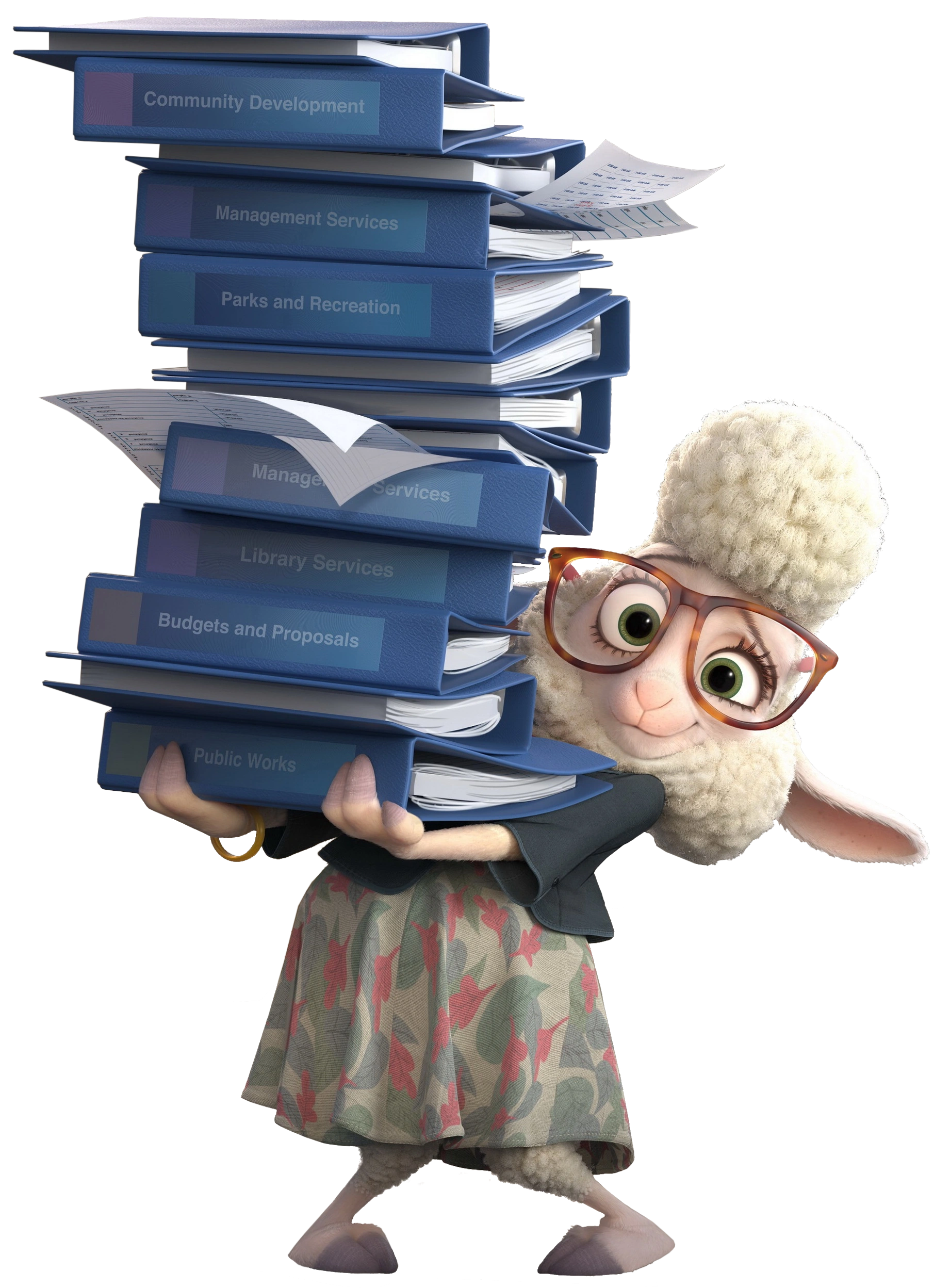
If I told you this character was supposed to be the villain, you would not believe me. There is absolutely nothing in this design that conveys info to the audience that this character would have ulterior motives. As such, the reveal that this character is the villain comes out of nowhere. When people talk about Disney’s streak of twist villains, it’s noticeable that people almost always seem to forget to mention her.
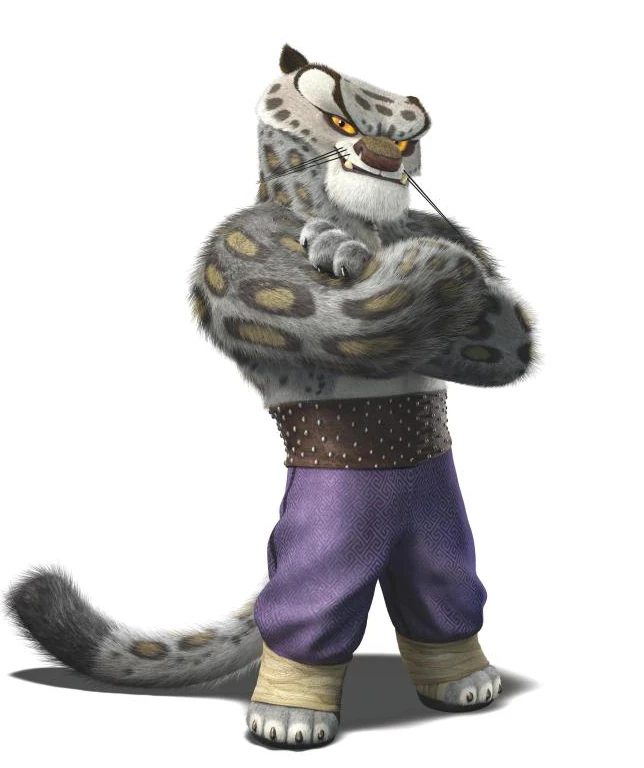
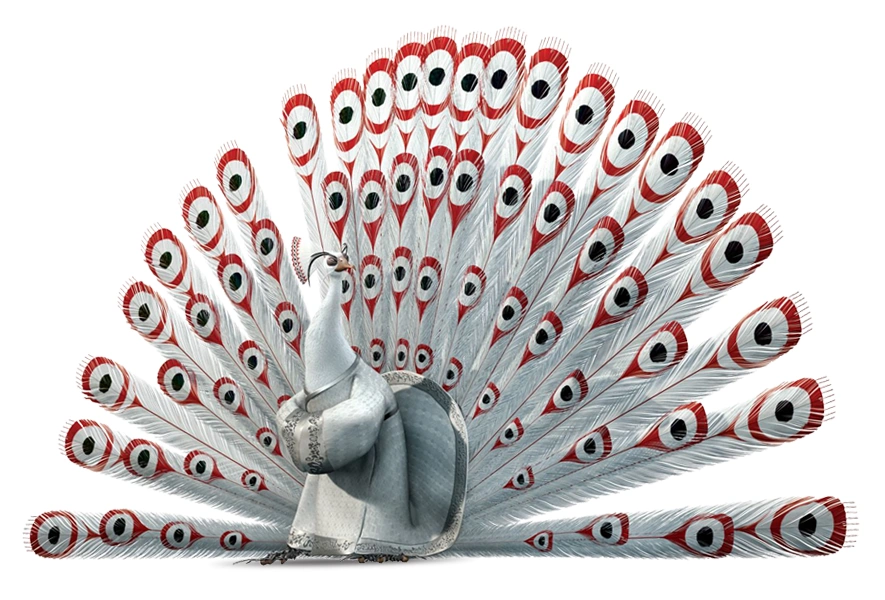
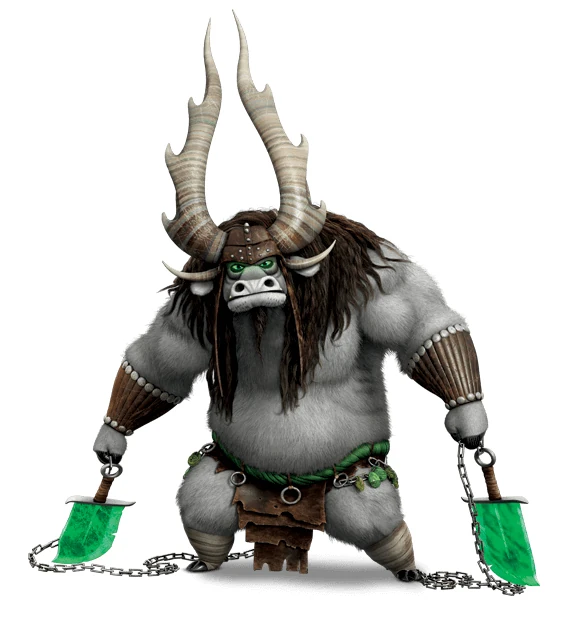
Now with Kung Fu Panda villains, you know EXACTLY why you should fear them. They are visibly mean and scary and not here to mess around, with imposing figures and muted color schemes. You can even tell what kind of threat each villain represents: Tai Lung represents brute strength, Lord Shen is a refined but ruthless evil tyrant, and Kai, with his horns and unnatural green eyes, looks almost like a demon. These are great examples of villain designs that DON’T rely on offensive stereotypes.
DEALING WITH PREJUDICE
In Zootopia, there is a rift between predator animals (such as foxes and cheetahs) and prey animals (such as rabbits and sheep). The villain’s main plot is furthering the rift until predator animals essentially become an oppressed class; Judy has to confront her own prejudices in order to save the city.
I have seen arguments on how Zootopia is a meant to be a broad metaphor for prejudice in general. However, it becomes pretty clear that it’s meant to be a racial allegory first and foremost. One of the very first lines in the movie is a young Judy reciting a line on how predators had an “uncontrollable, biological urge” to kill and eat prey; when predators start going ‘savage’, Judy repeats that it must be part of their nature. There’s a scene near the beginning where Judy, on her first day of the job, sees Nick skulking towards an ice cream shop for bigger prey animals, and immediately becomes suspicious, following him into the store, ready to use her fox repellent. This is very blatantly meant to parallel real life situations of (white) people being suspicious of young black and brown youth being in places they’re not ‘supposed’ to be in. Once inside, Nick is given a sign saying “We reserve the right to refuse service to anyone”, akin to “whites only” signs back in the fifties and sixties. One of the villain’s main talking points is how prey outnumber predator animals “ten to one”, again bringing in imagery of predators meant to represent a racial minority.
What I find appalling is that, for a movie made and ostensibly set in 2016 (where most people believed they live in a post-racial society and only old white men can be racist), EVERYONE behaves like it’s the pre-Civil Rights Movement era. Seeing all these animals behave so casually and blatantly bigoted towards each other became reprehensible very fast. It’s one thing to point out how everyone has their biases, but almost every character acts like it’s their God given right to openly hate others and even try to justify it by discussing biology like a white supremacist pseudo-scientist. The worst example is when Judy tries to show Chief Bogo a crime scene; when she tries to use Nick as proof she’s not wrong, he says, to her face, in front of Nick, “You think I’m going to believe a fox?”. WHOA. And he never apologizes for this.
But the worst part is that, at the end, nothing actually changes. The main conflict may be resolved, but there’s no indication that things will actually progress. Instead of taking action to introduce programs to build better relationships between predators or prey, or laws to protect predators from discrimination, Judy essentially just asks everyone to “try to be a better person” in order to instigate change. No. You can’t just TRY to be a good person. BE a better person.
Kung Fu Panda, on the other hand, points out elitism and discrimination in the world of kung fu and actively dismantles it by the end of the third movie.
First it is important to point out that, as hinted at in the first movie and later fully established in the second and third movies, Po is definitely meant to be a stand in for a minority group. The pandas in the movie’s world have a distinct culture from the rest of China, live in a closed community, and were nearly wiped out by a mass genocide. Po is adopted by a goose (similar to how a lot of kids from Asian countries get adopted by white people) and grows up thinking he is the only panda left; the third movie deals with him reconnecting with his roots and biological family, and learning that he can bridge the two worlds he comes from to make something new.
In the first movie, after Po is chosen to be the Dragon Warrior, Shifu and the Furious Five are not too keen on the idea. Shifu openly discriminates against Po, commenting on his size and hygiene and referring to him simply as “Panda”. However, unlike a lot of characters in Zootopia, we establish at the very beginning that Shifu is a likable character (funny and wants the best from his students, but also is dealing with a lot of stress and trauma from Tai Lung) and we WANT to see him change. And he does! After having a heart-to-heart with Po and later seeing him use his kung fu prowess in action, Shifu realizes that he was wrong about Po and trains him, but also realizes he cannot train him the same way he trains the five and makes accommodations for Po. For the rest of the series Shifu treats Po as an equal and has a vested interest in seeing him live up to his full potential. This is the start of breaking down the elitist barriers of Kung Fu, and by the third movie; the gateway is symbolically broken down by the destruction of the Jade Palace, and we see everyone, from peasant to nobility, practice kung fu and use the power of chi. And that couldn’t happen without Po being the Dragon Warrior.
CONCLUSION
The Kung Fu Panda series establishes a world of likable, funny, compelling, and beautifully-designed characters gracefully tackling themes of elitism, prejudice, genocide, and culture clash without being too dark or preachy. While the intentions of Zootopia are noble, it clumsily hammers in the theme of examining our biases by having every character be openly discriminatory against each other and paralleling real world examples of racism in places where it’s not appropriate.
Is Zootopia a bad film? No, of course not. But I think it’s extremely important that we give non-Disney films a chance because they can often tackle mature subject matter in a way that is both appropriate for children and relevant for adults, as well as offer a truly beautiful and unique experience for the whole family.
